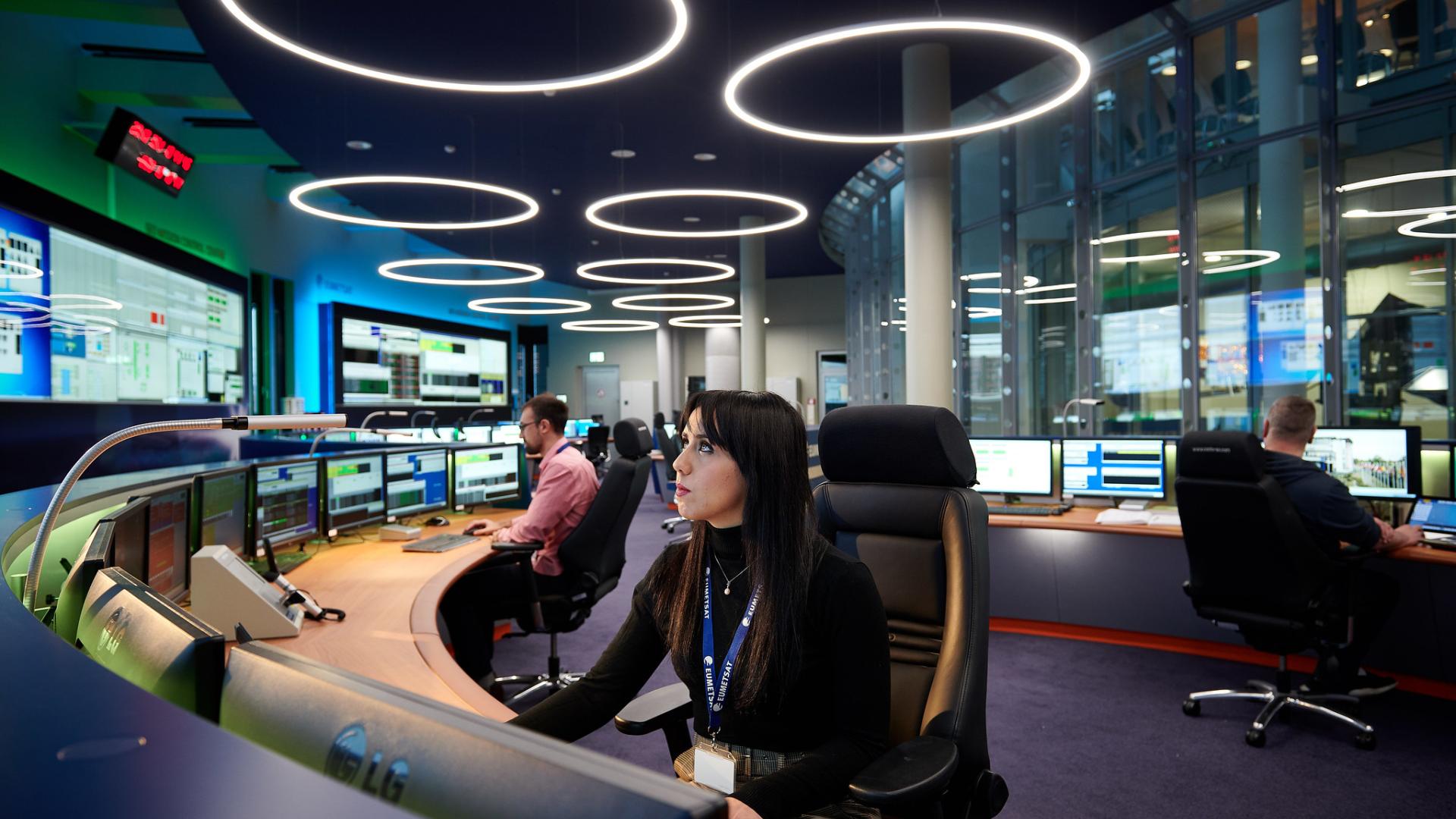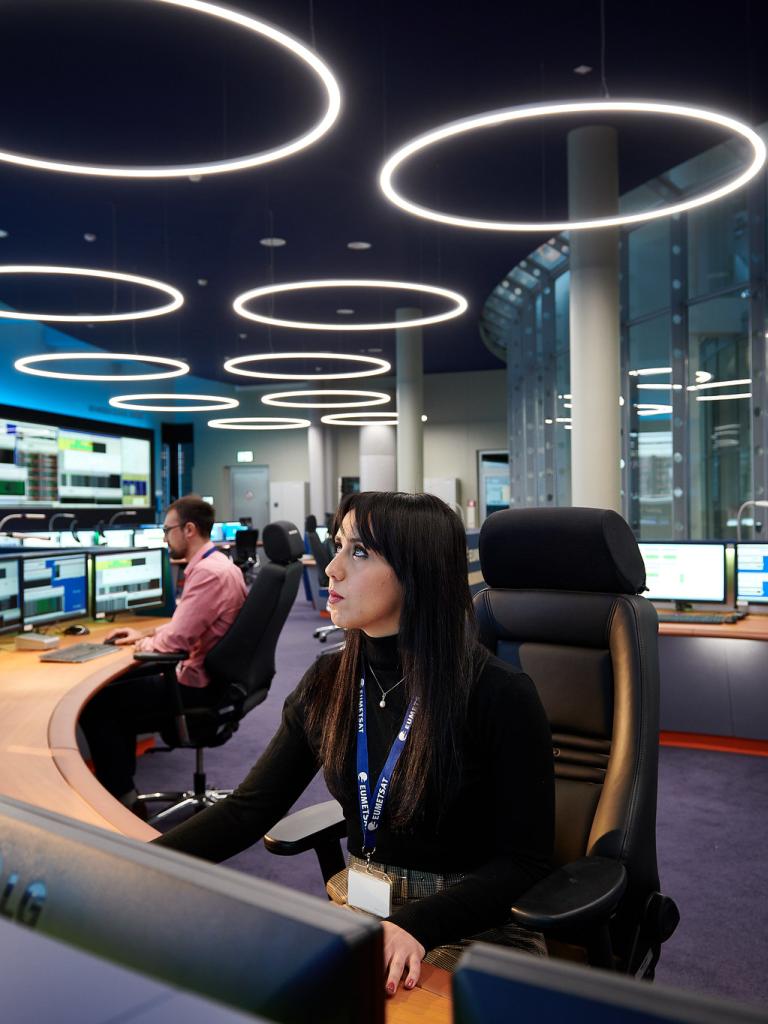
Challenge of protecting against extreme weather shapes new EUMETSAT strategy
Safe launch of more advanced satellites and easy access to improved data are key objectives


The need to provide more precise information, faster, about the weather and climate underpins the objectives of a long-term strategy, Destination 2030, released by Europe’s meteorological satellite agency, EUMETSAT, in Darmstadt today.
05 November 2024
27 September 2021
EUMETSAT Director-General Phil Evans said the returns will be felt over the next decade from soon-to-be-launched, more technologically advanced, satellite systems, as well as continued investment in the translation of satellite data into products and services for weather forecasting and improved data access.
“This past summer gave a grim and tragic insight into the impacts on societies of extreme weather events that are becoming more likely due to climate change,” Evans said.
“Together with our member states and their national meteorological services, EUMETSAT aims to meet the challenge of providing more, and better, information about the weather and climate to help protect lives, livelihoods and infrastructure.
“EUMETSAT’s new, long-term strategy, Destination 2030, sets out the actions we will take as an organisation to achieve this.”
Evans said the strategy’s first, and most critical, objective is the successful deployment of next-generation satellite systems in geostationary and polar orbits.
“Easier and faster access to more precise and new data from these systems will directly benefit weather and climate forecasting in EUMETSAT’s member states, thus enabling them to better inform and protect their communities,” Evans said.
“If accurate warnings about extreme weather events can be delivered to the public and authorities more quickly, lives will be saved.
“To give just one example, the instruments on our Meteosat Third Generation geostationary satellites will, for the first time, allow us to track the full lifecycle of storms. They will detect initial instability in the atmosphere before clouds have even formed, provide more rapid, higher-resolution observations of the development and track of storms, and observe lightning strikes.
“Additionally, we will continue and strengthen our cooperation efforts with the European Union and other space agencies around the world, which will make even more data available for weather forecasting and climate analysis.”
EUMETSAT will seek opportunities from new approaches to satellite development, including exploring the potential benefits of new space innovations, and from advances in digital technologies improving delivery of services, Evans said.
Finally, the strategy will ensure EUMETSAT strengthens its flexibility, efficiency, and innovative spirit to be ready to embrace these new challenges, while remaining an attractive employer.


